A mojo, in the African-American spiritual practice called Hoodoo, is an amulet consisting of a flannel bag containing one or more magical items. It is a "prayer in a bag", or a spell that can be carried with or on the host's body. Alternative American names for the mojo bag include gris-gris bag, hand, mojo hand, toby, nation sack,conjure hand, lucky hand, conjure bag, juju bag, trick bag, tricken bag, root bag, and jomo. The word mojo also refers to magic and charms. Mojo containers are bags, gourds, bottles, shells, and other containers. The making of mojo bags in Hoodoo is a system of African-American occult magic. The creation of mojo bags is an esoteric system that involves sometimes housing spirits inside of bags for either protection, healing, or harm and to consult with spirits. Other times mojo bags are created to manifest results in a person's life such as good-luck, money or love.

A fetish is an object believed to have supernatural powers, or in particular, a human-made object that has power over others. Essentially, fetishism is the attribution of inherent non-material value, or powers, to an object. Talismans and amulets are related. Fetishes are often used in spiritual or religious context.
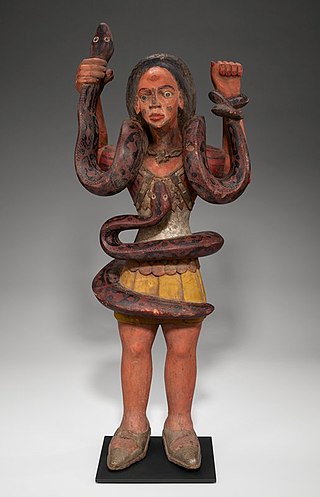
A Simbi is a water and nature spirit in traditional Kongo spirituality, as well as in Hoodoo.

Hoodoo is a set of spiritual practices, traditions, and beliefs that were created by enslaved African Americans in the Southern United States from various traditional African spiritualities and elements of indigenous botanical knowledge. Practitioners of Hoodoo are called rootworkers, conjure doctors, conjure men or conjure women, and root doctors. Regional synonyms for Hoodoo include rootwork and conjure. As a syncretic spiritual system, it also incorporates beliefs from Islam brought over by enslaved West African Muslims, and Spiritualism. Scholars define Hoodoo as a folk religion. It is a syncretic religion between two or more cultural religions, in this case being African indigenous spirituality and Abrahamic religion.
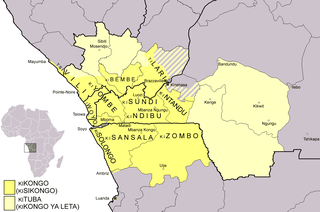
Kongo or Kikongo is one of the Bantu languages spoken by the Kongo people living in the Democratic Republic of the Congo (DRC), the Republic of the Congo, Gabon, and Angola. It is a tonal language. The vast majority of present-day speakers live in Africa. There are roughly seven million native speakers of Kongo in the above-named countries. An estimated five million more speakers use it as a second language.
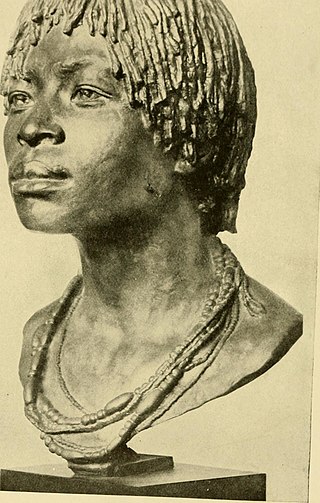
The Kongo people are a Bantu ethnic group primarily defined as the speakers of Kikongo. Subgroups include the Beembe, Bwende, Vili, Sundi, Yombe, Dondo, Lari, and others.
Palo, also known as Las Reglas de Congo, is an African diasporic religion that developed in Cuba during the late 19th or early 20th century. It arose amid a process of syncretism between the traditional Kongo religion of Central Africa, the Roman Catholic branch of Christianity, and Spiritism. An initiatory religion practised by paleros (male) and paleras (female), Palo is organised through small autonomous groups called munanso congo, each led by a tata (father) or yayi (mother).

The culture of the Democratic Republic of the Congo is extremely varied, reflecting the great diversity and different customs which exist in the country. Congolese culture combines the influence of tradition to the region, but also combines influences from abroad which arrived during the era of colonization and continue to have a strong influence, without destroying the individuality of many tribal customs.
Renée Stout is an American sculptor and contemporary artist known for assemblage artworks dealing with her personal history and African-American heritage. Born in Kansas, raised in Pittsburgh, living in Washington, D.C., and connected through her art to New Orleans, her art reflects this interest in African diasporic culture throughout the United States. Stout was the first American artist to exhibit in the Smithsonian's National Museum of African Art.

The Beembe are a Bantu people living in southern Congo-Brazzaville, precisely in Bouenza and in the cities of Brazzaville, Dolisie, and Pointe-Noire. It is a Kongo subgroup. The Beembe have some similar customs to the Kongo, which is what makes them a subgroup, but their art is what separates them apart. It is not clear when the Beembe separated from the Kongo but oral tradition suggests that it was some time around the eight century. They migrated Northeast from the Kongo and settled some five hundred kilometers from the capital of the Kingdom of the Kongo. This group was a part of the Kongo Kingdom during its height of power. The Beembe also have subgroups within it such as the Bisi-Nseke, Minkegue, Mmsumbu (Bambumbu), the Mongo, and the Musitu.Beembe society is economically based on agriculture.

A nganga is a spiritual healer, diviner, and ritual specialist in traditional Kongo religion. These experts also exist across the African diaspora in countries where Kongo and Mbundu people were transported during the Atlantic slave trade, such as Brazil, the southern United States, Haiti and Cuba.
The Songye people, sometimes written Songe, are a Bantu ethnic group from the central Democratic Republic of the Congo. They speak the Songe language. They inhabit a vast territory between the Sankuru/Lulibash river in the west and the Lualaba River in the east. Many Songye villages can be found in present-day East Kasai province, parts of Katanga and Kivu Province. The people of Songye are divided into thirty-four conglomerate societies; each society is led by a single chief with a Judiciary Council of elders and nobles (bilolo). Smaller kingdoms east of the Lomami River refer to themselves as Songye, other kingdoms in the west, refer to themselves as Kalebwe, Eki, Ilande, Bala, Chofwe, Sanga and Tempa. As a society, the people of Songye are mainly known as a farming community; they do, however, take part in hunting and trading with other neighboring communities.
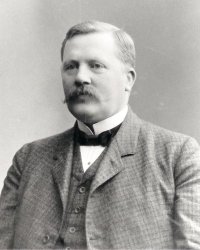
Karl Edvard Laman (1867–1944) was a Swedish missionary and ethnographer active in Kingdom of Kongo during the period of 1891 through 1919. Laman and his wife collected a large group of ethnographic materials and this collection of more than 2,000 pieces is the most comprehensive of that brought back by the Swedish missionaries of his time.

Nzambi a Mpungu is the Supreme God, eternal Sky Father and God of the Sun (fire) in traditional Kongo spirituality. His female counterpart is Nzambici, the Sky Mother and Goddess of the Moon. Among other Central African Bantu peoples, such as the Chokwe, and in the Kingdom of Ndongo, Nzambi Mpungu was also called Kalunga, the god of fire and change. This may have a connection to an element of Bakongo cosmology called Kalûnga. It was seen as the spark of fire that begot all life in the universe. After Portuguese colonization, Nzambi Mpungu became synonymous with the Christian God and existed chiefly as the Creator God.

Nkondi are mystical statuettes made by the Kongo people of the Congo region. Nkondi are a subclass of minkisi that are considered aggressive. The name nkondi derives from the verb -konda, meaning "to hunt" and thus nkondi means "hunter" because they can hunt down and attack wrong-doers, witches, or enemies.

Phemba, also known as Yombe maternity figures, refers to sculptural objects that depict the figures of a mother and child. Phemba statuary falls into two groups: mothers cradling or holding their babies, and mothers nursing. They are also commonly made from carved wood with intricate scarification.

The Kongo cosmogram is a core symbol in Bakongo religion that depicts the physical world, the spiritual world, the Kalûnga line that runs between the two worlds, the sacred river that forms a circle through the two worlds, the four moments of the sun, and the four elements.

Kongo religion encompasses the traditional beliefs of the Bakongo people. Due to the highly centralized position of the Kingdom of Kongo, its leaders were able to influence much of the traditional religious practices across the Congo Basin. As a result, many other ethnic groups and kingdoms in West-Central Africa, like the Chokwe and Mbundu, adopted elements of Bakongo spirituality.
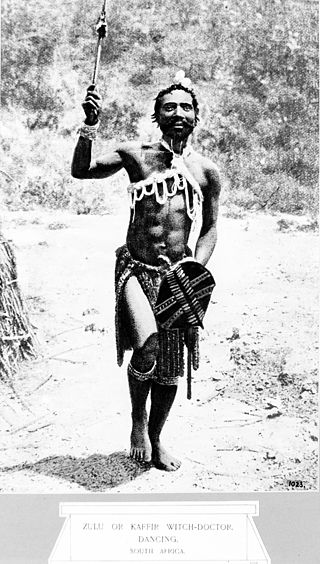
In Africa, witchcraft refers to various beliefs and practices. These beliefs often play a significant role in shaping social dynamics and can influence how communities address challenges and seek spiritual assistance. However much of what witchcraft represents in Africa has been susceptible to misunderstandings and confusion, thanks in no small part to a tendency among western scholars since the time of Margaret Murray to approach the subject through a comparative lens vis-a-vis European witchcraft. The definition of witchcraft differs between Africans and Europeans which causes misunderstandings of African conjure practices among Europeans. While some colonialists tried to eradicate witch hunting by introducing legislation to prohibit accusations of witchcraft, some of the countries where this was the case have formally recognized the existence of witchcraft via the law. This has produced an environment that encourages persecution of suspected witches.

Mfinda is a spiritual concept of the forest in Kongo religion.




















